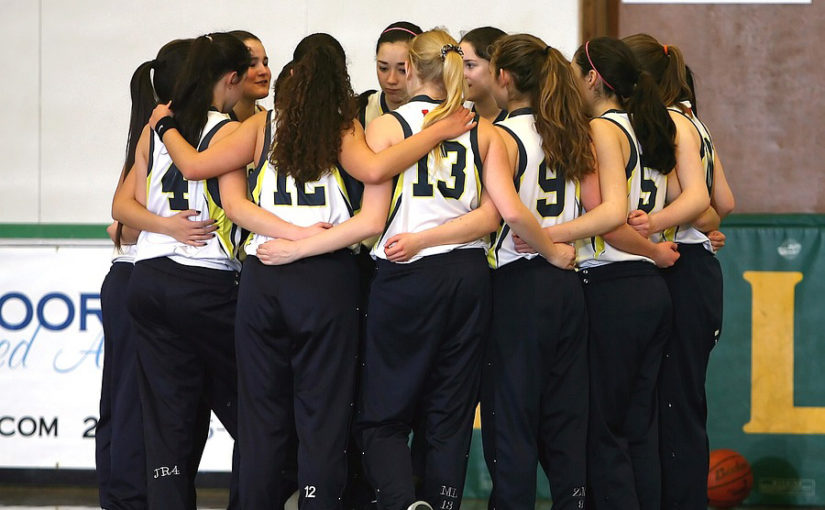Opinion: High school drug testing a solution without a problem
 We naturally confront problems in society with solutions, but occasionally we’re led to believe there’s a problem where one doesn’t exist. The fight against performance enhancing drugs in our nation’s high schools is a prime example.
We naturally confront problems in society with solutions, but occasionally we’re led to believe there’s a problem where one doesn’t exist. The fight against performance enhancing drugs in our nation’s high schools is a prime example.
For at least the last five years, states have funneled hundreds of thousands of dollars into drug testing programs amid growing concerns that PEDs have found their way into high school locker rooms. This comes despite almost no evidence that performance enhancers are rampant among teenage athletes. That begs the question of whether it’s worth it.
Supporting such wasteful spending is a fragile argument at best, weakened further by the fiscal crisis that’s battered high school athletics nationwide. In July, when I decided to dedicate this month’s editorial to high school drug testing, I expected to discover it was a legitimate issue. I searched for data and read various studies. When all was said and done, there was not one shred of evidence that teenage student-athletes were hooked on PEDs.So why are states spending big money to squash an invisible problem? In January, the New York Times reported high school associations in New Jersey, Texas and Illinois contracted a Missouri-based company to test student-athletes. When Texas began its testing program during the 2007-08 school year, it yielded two positive results among 10,117 students, according to the Times report.
Since New Jersey and Illinois implemented their programs, their findings were just as abysmal. Illinois began its program in 2008-09 and continues to spend $100,000 annually to test nearly 650 athletes. It has never had a single positive result.
That’s good news. It says young athletes may not be widely influenced by the cheats at the pro level. It does, however, put these costly drug-testing programs under the microscope.
 States say the tests are a deterrent. That’s true, but there are economical ways to achieve similar results. The most obvious is education. After all, isn’t that what schools do best?
States say the tests are a deterrent. That’s true, but there are economical ways to achieve similar results. The most obvious is education. After all, isn’t that what schools do best?
States could spend less than half the money they’re using on drug testing and operate a successful campaign against PEDs. There could be mandatory courses preceding each season and former users could offer tales of regret. There’s no shortage of people who are anxious to sway a generation of young athletes from a life of drug use. These resources are at our fingertips.
The C.S. Mott Children’s Hospital National Poll on Children’s Health in 2008 found that 75 percent of parents supported random drug testing. I suspect that number would be slightly different today, especially since we now have data that shows our concerns may be unfounded. It certainly would be lower if parents were asked to cover the cost, which is about $150 per test.
Florida may look to businesses to help foot the bill. After the recent Biogenesis scandal uncovered the names of seven high school athletes who allegedly received PEDs, the state is now considering a tougher stance. It’s urging schools to test more student-athletes, but the state association is offering no direction on how to pay for it.
It’s a broken model, and if we learned anything from our current approach, it’s that there must be a better way. The teachers and coaches at our nations high schools are best suited to point athletes in the right direction. Let’s give them the funding and the freedom to do it.





